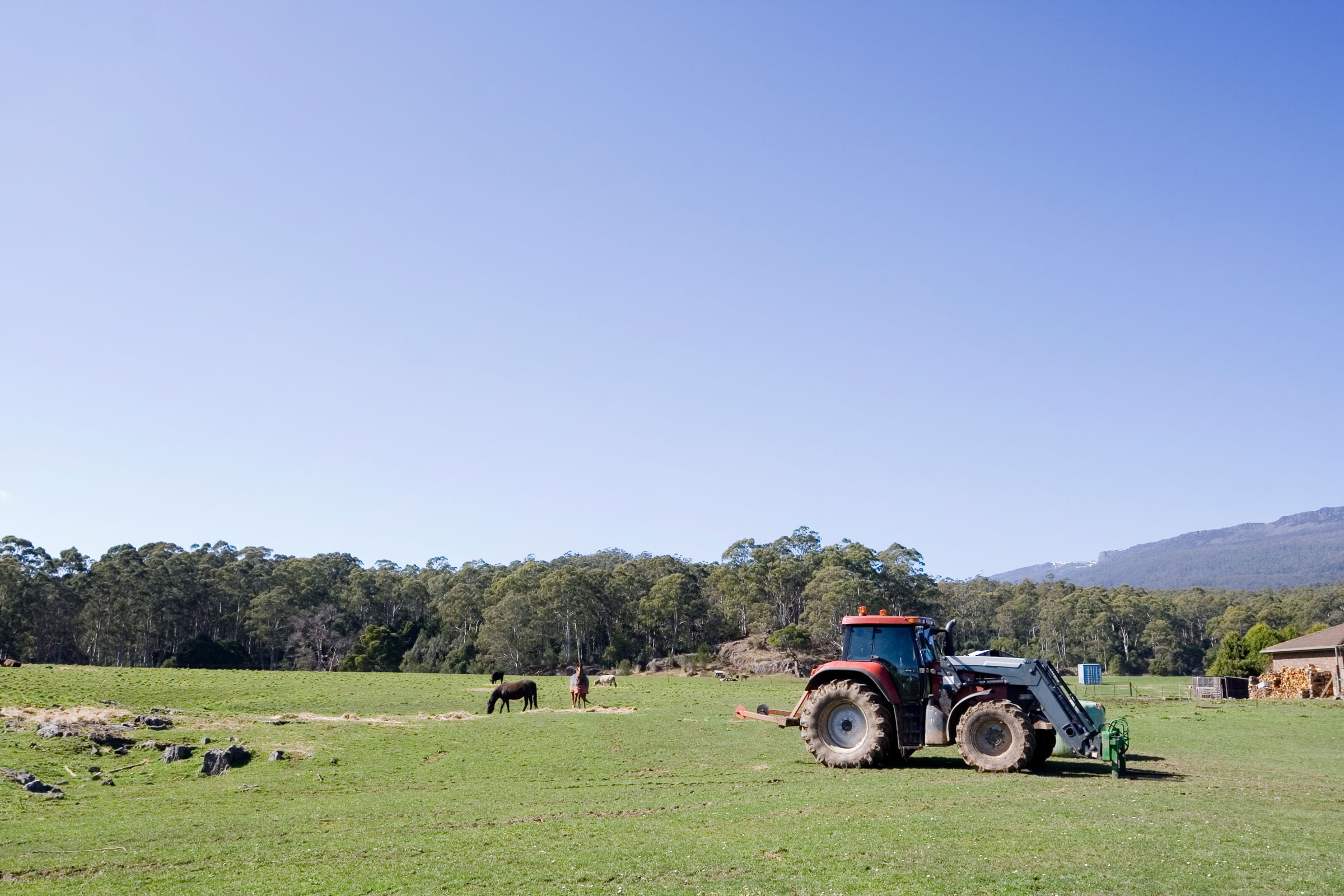
A tractor might be one of the most important things a barn owner purchases. It’s difficult to emphasize how much the correct size of tractor for the facility can save in time and expense in the long run, according to Karen L. Waite, PhD, the director of undergraduate education at Michigan State University.
Links in articles are part of an Amazon Affiliate program that provides income to support this brand. Links are chosen by our editors.
“They save time clearing snow, moving round bales—which are far less expensive than small square bales—moving and spreading manure, and unfortunately, burial when the unfortunate (yet inevitable) end of life decisions must be made,” she said. “Yet so many horse owners don’t have one.”
Like new vehicles, new tractors are tempting—they’re shiny and have never been used. But they can also be costly. Buying well-serviced, used equipment is more budget friendly and as effective.
“It is important to be realistic about your budget, but at the same time, one doesn’t need to break the bank,” Waite said.
Equine business owners can create an Amazon Business Account.
Either having the mechanical skills to do repairs yourself, or ready access to someone who does, can help keep used, less-expensive equipment functional for a long time. Simply keeping up on regular maintenance such as oil and air filter changes can help in that regard.
“It is easy to ignore those things, and truly, they will save you money in the long run,” she said.
Waite also encouraged stable owners to consider investing in composting equipment. For the process to work correctly, the compost piles must maintain proper temperatures and oxygen levels for the microbes to break down solids. There are a variety of systems and methods to choose from. Work with your local cooperative extension office or a facilities designer to determine the best option for your facility’s set up.
“As it becomes more challenging to deal with manure, composting equipment can also be valuable in the long run,” she said.
Sign up now for Amazon Prime 30-day Free Trials, a membership program that offers special benefits including: Instantly watch thousands of movies and TV episodes; Borrow Kindle books; Get unlimited FREE two-day shipping (no minimum order size). Learn more.


